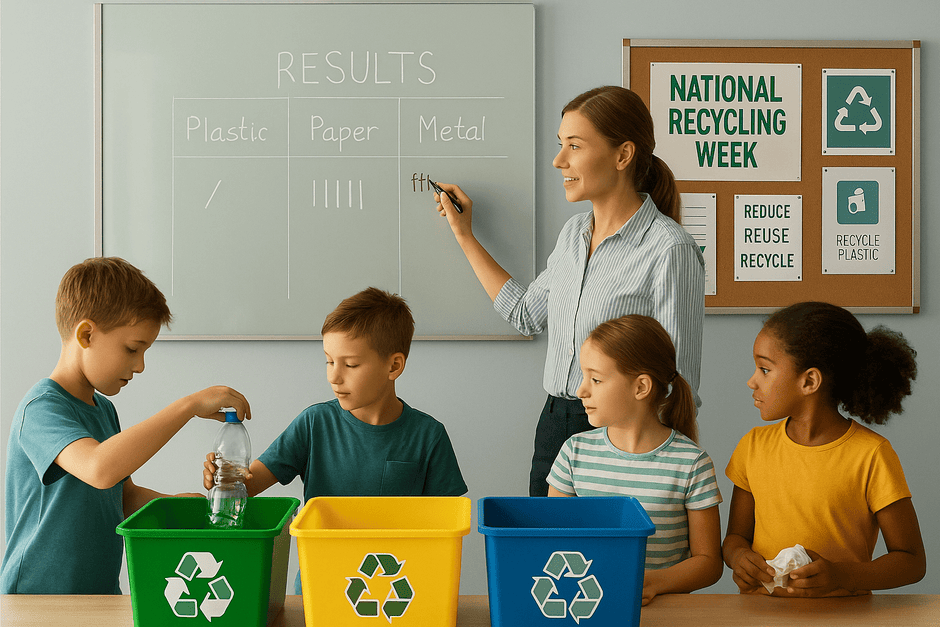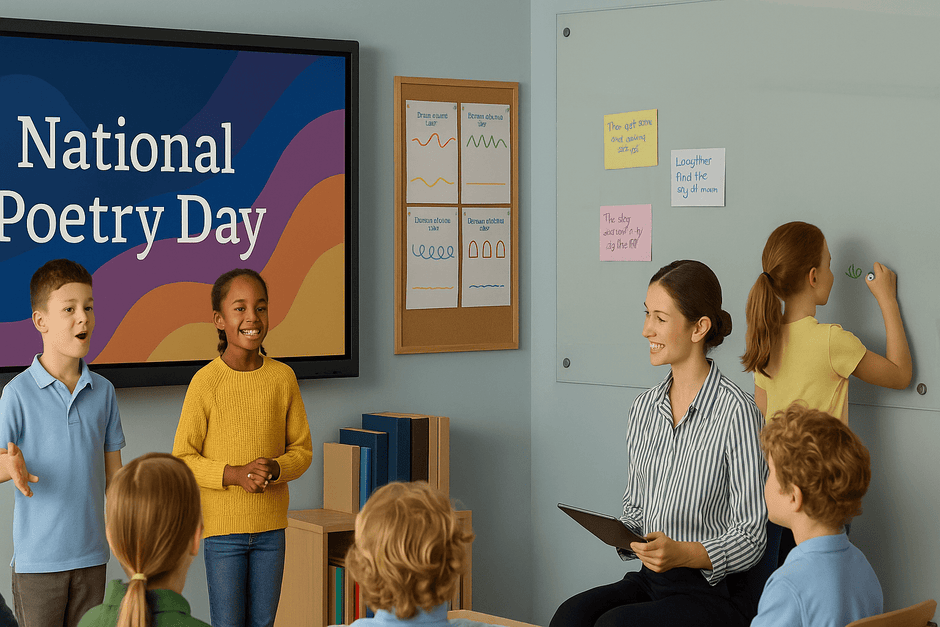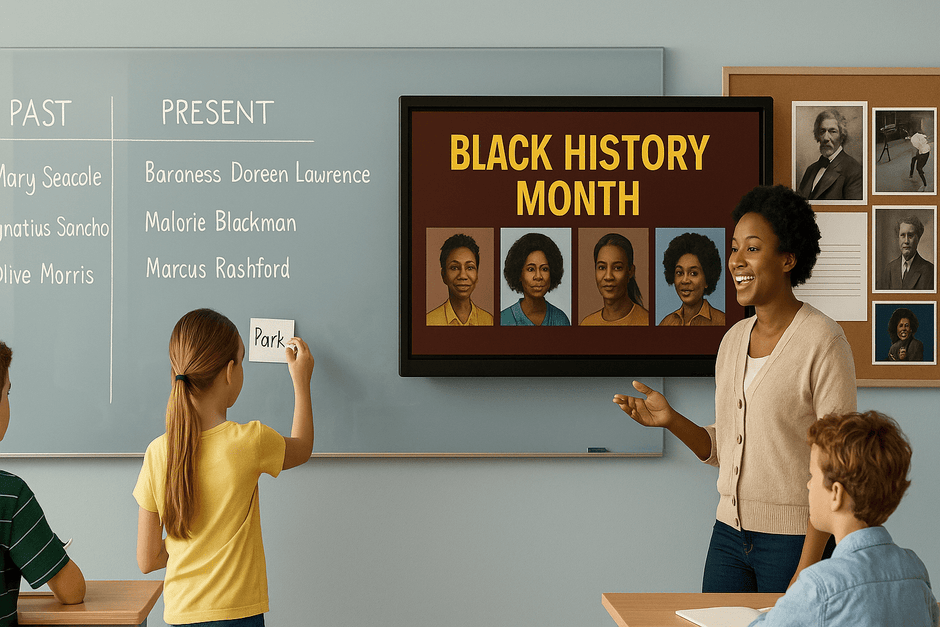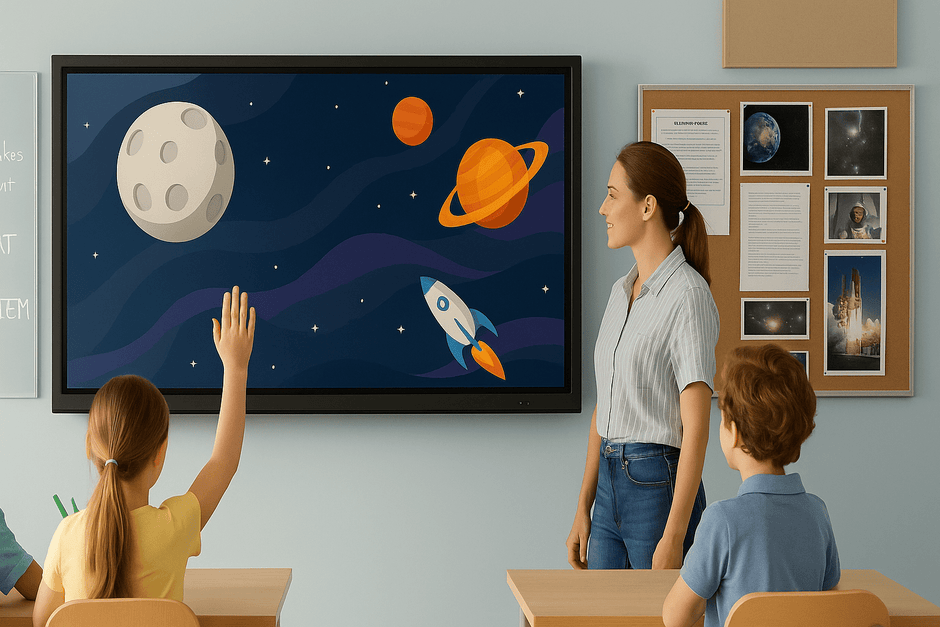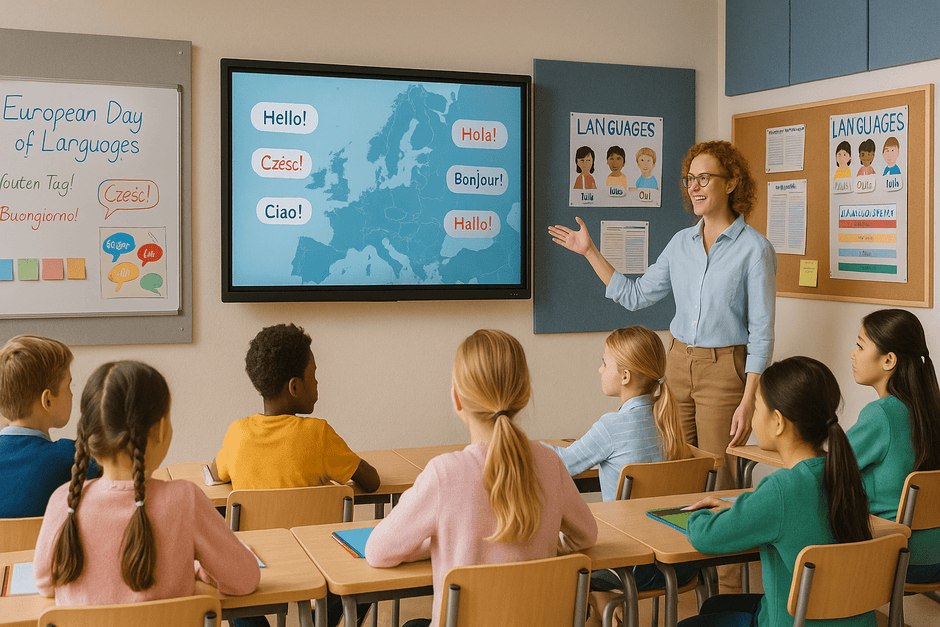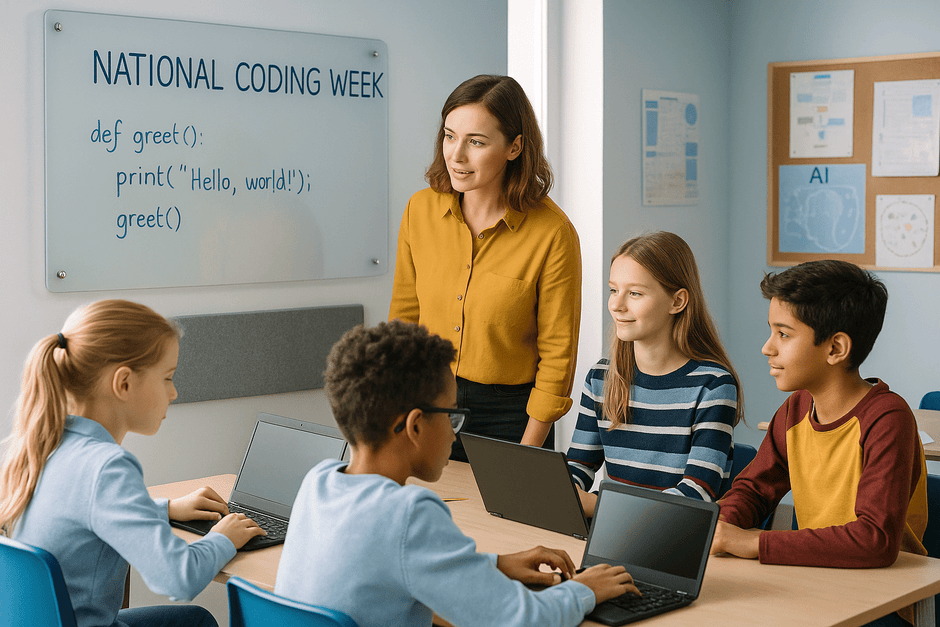The Smart, affordable tech that transforms teaching
Visualisers are one of those rare pieces of classroom tech that genuinely make teaching easier, not harder. They’re simple to set up, easy to use, and can instantly boost engagement, clarity, and inclusivity — whatever subject or key stage you’re teaching.
If you’re new to using a visualiser, or just looking for more ways to make the most of it, here are 15 practical lesson ideas that show just how versatile this tool really is.
1. Live modelling of handwriting or drawing
Use the visualiser to model neat handwriting, cursive joins, or drawing techniques — step by step. Pupils can follow along in real time and copy at their own pace, making it easier to embed fine motor skills or artistic techniques.
2. Real-time problem solving in maths
Work through equations or word problems under the visualiser so students can follow your reasoning. Pause at key steps to encourage class discussion or predictions about what comes next.
3. Demonstrating practical science experiments
Whether you’re dissecting a flower or setting up a simple circuit, the visualiser makes small-scale experiments visible to the whole class — without everyone crowding round a single desk.
4. Zooming in on natural objects
Studying leaves, insects, fossils, or rocks? Use the visualiser to zoom in on textures and details, helping pupils observe closely and make accurate comparisons — perfect for science, geography, and art.
5. Sharing and celebrating pupil work
Place a pupil’s notebook under the visualiser to celebrate their effort or highlight a well-structured sentence or clever solution. It’s great for building confidence and encouraging peer learning.
6. Live feedback and shared editing
Use the visualiser to mark work live, talk through common errors, or model improvements. This is especially powerful in English lessons, where you can co-construct better sentences as a class.
7. Side-by-side comparisons with split screen
Use your visualiser’s split-screen feature to show a WAGOLL (What A Good One Looks Like) next to a pupil’s draft. Let pupils work in pairs to compare and suggest edits, deepening their understanding of success criteria.
8. Annotating diagrams or texts
Whether it’s labelling a plant cell or highlighting persuasive language in a leaflet, a visualiser lets you annotate directly on physical materials — and everyone sees the same thing at once.
9. Modelling artistic techniques
Demonstrate how to shade, blend colours, or add texture. Pupils can observe close-up techniques and practise more confidently, knowing exactly what to aim for.
10. Reading and discussing class texts
Read aloud from a shared text under the visualiser and pause to discuss vocabulary, punctuation, or meaning. You can even ask pupils to underline or annotate as you go.
11. Building vocabulary banks together
Display a pupil’s sentence and work as a class to upgrade vocabulary, swap in more powerful verbs, or add adjectives. It’s collaborative, inclusive, and helps build a shared word wall over time.
12. Modelling revision strategies
Show pupils how to summarise notes, create a mind map, or build flashcards under the visualiser. It demystifies study techniques and gives them tools they can use at home.
13. Showing step-by-step processes in DT or food tech
Demonstrate how to thread a needle, assemble a model, or handle equipment safely. The visualiser makes close-up skills visible to everyone — no more peering over shoulders.
14. Sharing home learning or project work
Let pupils bring in something they’ve created at home and show it under the visualiser. It’s a great way to celebrate creativity and involve families in learning.
15. Recording mini video lessons
Use your visualiser’s recording function to capture key teaching points — from phonics routines to model answers — and share them via your school’s VLE, Teams or Google Classroom.
Why visualisers work — and why teachers love them
What makes visualisers such a win for busy teachers is their sheer practicality. They’re compact, low-maintenance, and can be used in any subject with almost zero prep. More importantly, they help you:
-
🧠 Make abstract concepts more concrete
-
🗣️ Support whole-class clarity and inclusion
-
💬 Deliver feedback that really sticks
-
🎯 Model high expectations with minimal fuss
-
🎥 Build a library of reusable teaching moments
Final thoughts — and how we can help
If you’re looking for a simple, affordable way to enhance your teaching and save time, a classroom visualiser is a brilliant investment. Whether you’re in a primary classroom, a secondary science lab, or supporting learners with SEN, it’s a tool that fits in — and makes a real difference.
Need help choosing the right visualiser for your setup or budget? Want a quick demo or just some honest advice?
Get in touch with our friendly team at Presentation Spaces. We’ll help you find a model that works for your teaching style, subject, and classroom layout — no pressure, no jargon.




